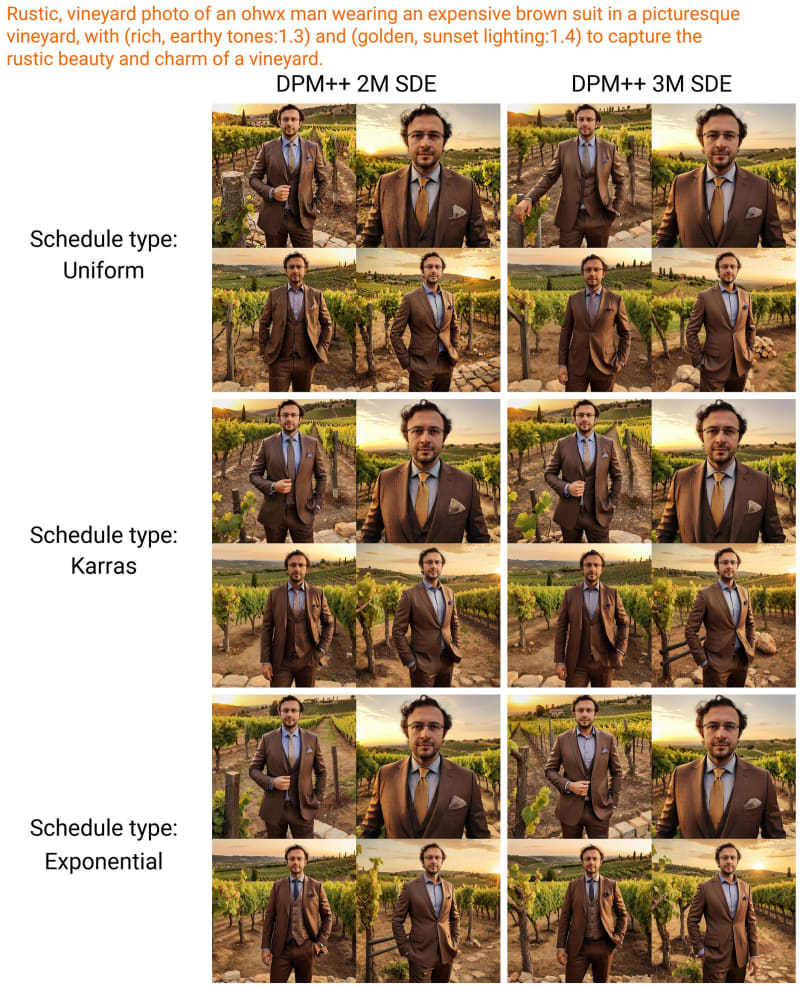What are Dict and List comprehensions?
Python comprehensions, like decorators, are syntactic sugar constructs that help build altered and filtered lists, dictionaries, or sets from a given list, dictionary, or set. Using comprehensions saves a lot of time and code that might be considerably more verbose (containing more lines of code). Let’s check out some examples, where comprehensions can be truly beneficial:
Performing mathematical operations on the entire list
squared_list = [x**2 for x in my_list] # list comprehension
# output => [4 , 9 , 25 , 49 , 121]
squared_dict = {x:x**2 for x in my_list} # dict comprehension
# output => {11: 121, 2: 4 , 3: 9 , 5: 25 , 7: 49}
Performing conditional filtering operations on the entire list
my_list = [2, 3, 5, 7, 11]
squared_list = [x**2 for x in my_list if x%2 != 0] # list comprehension
output => [9 , 25 , 49 , 121]
squared_dict = {x:x**2 for x in my_list if x%2 != 0} # dict comprehension
output => {11: 121, 3: 9 , 5: 25 , 7: 49}
Combining multiple lists into one
Comprehensions allow for multiple iterators and hence, can be used to combine multiple lists into one.
a = [1, 2, 3]
b = [7, 8, 9]
[(x + y) for (x,y) in zip(a,b)] # parallel iterators
output => [8, 10, 12]
[(x,y) for x in a for y in b] # nested iterators
output => [(1, 7), (1, 8), (1, 9), (2, 7), (2, 8), (2, 9), (3, 7), (3, 8), (3, 9)]




